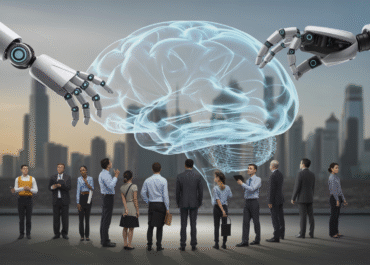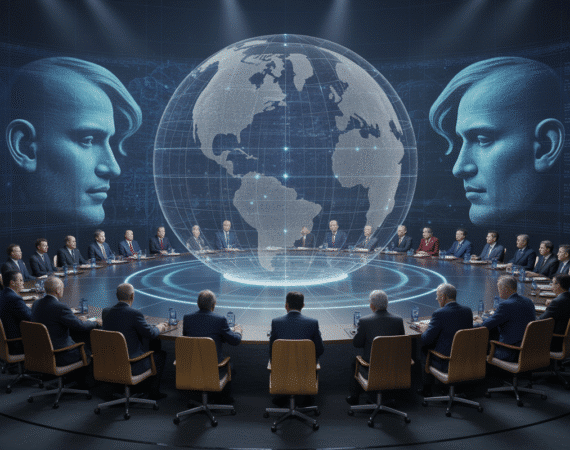Generative AI's Expanding Horizons: Revolutionizing Music, Code, and 3D Design
For a while, when we talked about Generative AI, our minds immediately went to captivating images crafted by Midjourney or DALL-E, or insightful text generated by large language models like GPT. While these applications continue to evolve at breakneck speed, the true power of generative AI is now expanding its reach into fascinating new domains: the intricate world of music, the logical realm of programming code, and the complex universe of 3D design.
This expansion marks a significant leap, pushing the boundaries of what machines can ‘create’ and fundamentally altering how professionals and artists interact with their tools. We are witnessing a revolution where AI is not just an assistant, but a true co-creator, amplifying human ingenuity and opening up entirely new possibilities.
Composing the Future: Generative AI in Music
The harmonious blend of technology and art has always been a hallmark of musical innovation. Today, generative AI is adding a new layer to this relationship. AI models can now analyze vast datasets of existing music – from classical symphonies to modern pop – to understand patterns, melodies, harmonies, and rhythms. Armed with this knowledge, they can then generate entirely new musical pieces.
Imagine a composer overcoming a creative block by asking an AI to suggest variations on a theme, or a filmmaker quickly generating background scores tailored to specific emotional cues. Tools are emerging that can compose full orchestral pieces, generate personalized jingles, or even create unique soundscapes for video games. This doesn’t replace human musicians; instead, it empowers them, offering new instruments for exploration and accelerating the creative process, allowing artists to focus on the overarching vision and emotional impact.
Building Blocks of Innovation: Generative AI in Code Generation
The world of software development, once solely the domain of human programmers, is experiencing a profound shift. Generative AI is now capable of writing, debugging, and optimizing code. Platforms like GitHub Copilot, powered by advanced AI models, can suggest entire lines or blocks of code in real-time, anticipate developers’ intentions, and even translate natural language prompts into executable code.
The implications are immense. For seasoned developers, it means increased efficiency, reduced boilerplate code, and more time to focus on complex problem-solving and architectural design. For aspiring programmers, it lowers the barrier to entry, allowing them to learn faster and build functional applications with less struggle. This symbiotic relationship between human and AI speeds up development cycles, enhances code quality, and promises a future where software creation is more accessible and agile than ever before.
Sculpting the Digital World: Generative AI in 3D Design
From video games and virtual reality experiences to architectural visualization and product prototyping, 3D design is a labor-intensive field. Generative AI is poised to transform this landscape by automating and accelerating the creation of complex 3D models and environments. Imagine typing a description like “a mystical forest with ancient trees and glowing fungi” and having an AI instantly generate a detailed 3D scene.
AI models can now create realistic textures, generate variations of existing models, or even build entire virtual worlds from scratch based on simple inputs. This capability is invaluable for game developers needing to rapidly populate vast open worlds, architects visualizing complex building structures, or designers iterating quickly on product prototypes. It empowers creators to explore more ideas in less time, fostering a new era of immersive and customizable digital experiences.
The expansion of generative AI into music, code, and 3D design signifies a pivotal moment in technological advancement. It underscores a future where machines aren’t just tools but intelligent collaborators, pushing the boundaries of what’s possible. While challenges like data bias, ethical considerations, and intellectual property remain, the promise of augmented creativity and unparalleled efficiency across these industries is undeniable. The human-AI partnership is not just a trend; it’s the new frontier of innovation, inviting us to imagine and build a world brimming with possibilities.


